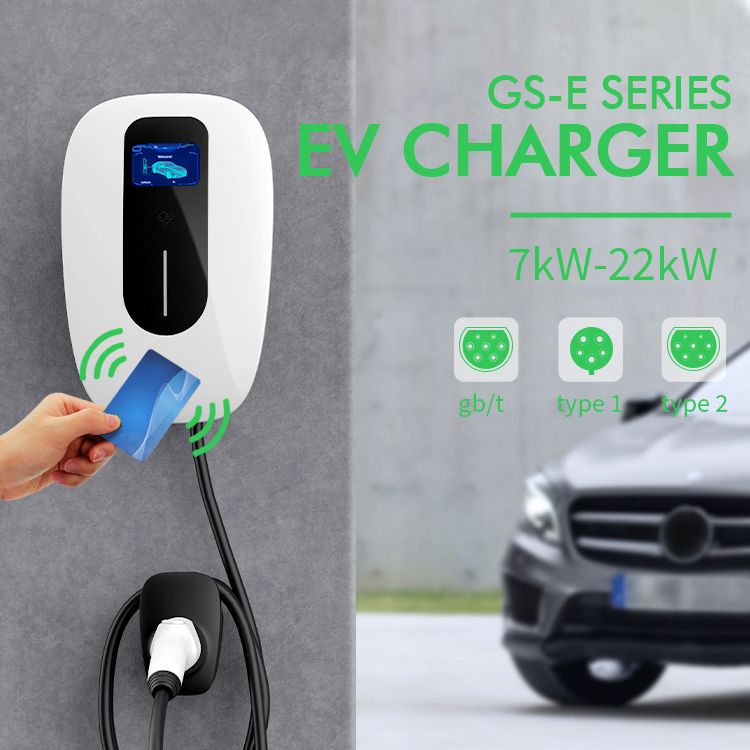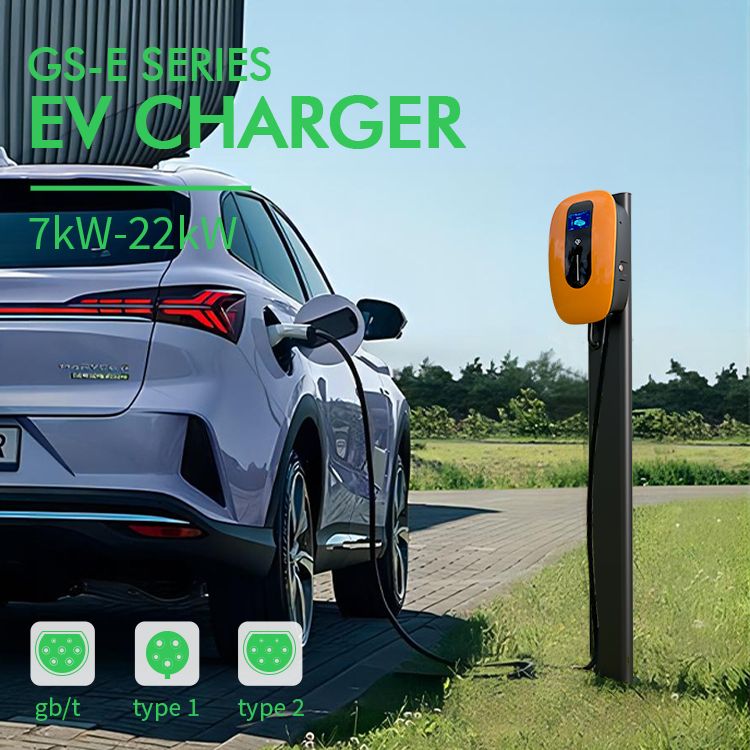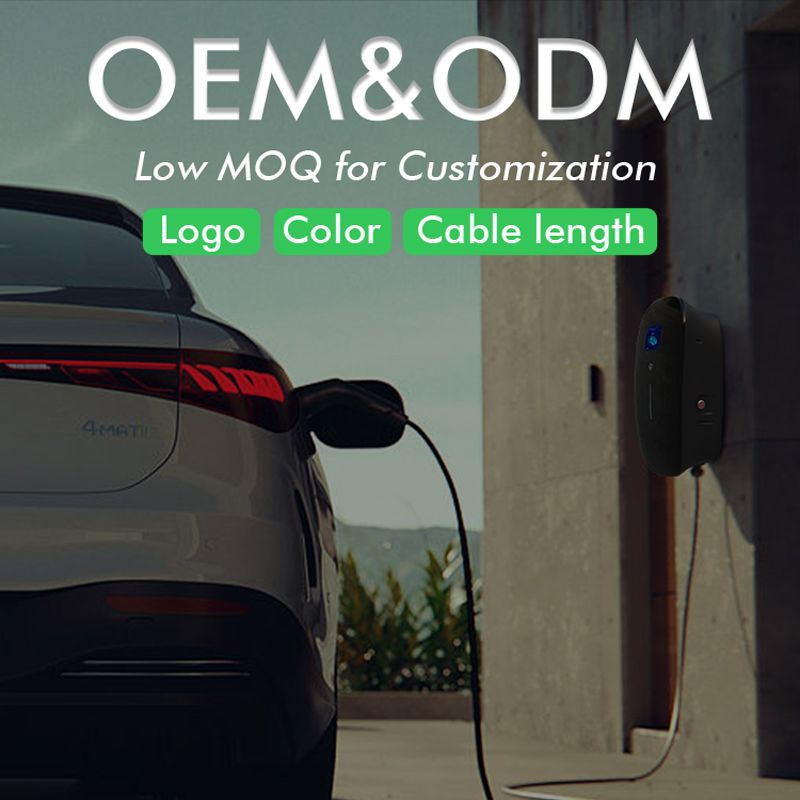In the age of sustainable transportation, electric vehicles (EVs) have emerged as a frontrunner in the race to reduce carbon footprints and dependence on fossil fuels. As the adoption of EVs continues to rise, the need for efficient charging solutions becomes paramount. One essential component in this process is the integration of EV chargers with Metering and Interface Devices (MID meters), offering users a seamless and informed charging experience.
EV chargers have become ubiquitous, lining the streets, parking lots, and even private residences. They come in various forms, including Level 1 chargers for residential use, Level 2 chargers for public and commercial spaces, and the rapid DC chargers for quick top-ups on the go. The MID meter, on the other hand, acts as a bridge between the EV charger and the power grid, providing vital information about energy consumption, cost, and other metrics.
The integration of EV chargers with MID meters introduces several benefits for both users and utility providers. One of the key advantages is accurate energy consumption monitoring. MID meters enable EV owners to track precisely how much electricity their vehicle consumes during charging sessions. This information is invaluable for budgeting and understanding the environmental impact of their transportation choices.
Moreover, MID meters play a crucial role in facilitating cost transparency. With real-time data on electricity rates and consumption, users can make informed decisions about when to charge their EVs to optimize cost savings. Some advanced MID meters even offer features like peak-hour pricing alerts, encouraging users to shift their charging schedules to off-peak times, benefiting both their wallets and the overall stability of the power grid.
For utility providers, the integration of MID meters with EV chargers allows for efficient load management. By analyzing data from MID meters, providers can identify patterns in electricity demand, enabling them to plan infrastructure upgrades and optimize the distribution of power resources. This smart grid technology ensures a balanced and resilient electrical network, accommodating the increasing number of EVs on the road without causing strain on the system.
The convenience of MID meters extends beyond monitoring energy consumption and cost. Some models come equipped with user-friendly interfaces, providing real-time charging status, historical usage data, and even predictive analytics. This empowers EV owners to plan their charging activities proactively, ensuring that their vehicles are ready when needed without unnecessary strain on the electrical grid.
The integration of EV chargers with MID meters represents a significant stride towards a more sustainable and user-friendly future for electric vehicles. The synergy between these technologies enhances the overall charging experience by offering users accurate information on energy consumption, cost optimization, and the flexibility to make environmentally conscious choices. As the world continues to embrace electric mobility, the collaboration between EV chargers and MID meters is poised to play a pivotal role in shaping the future of transportation and energy management.
Post time: Dec-07-2023







